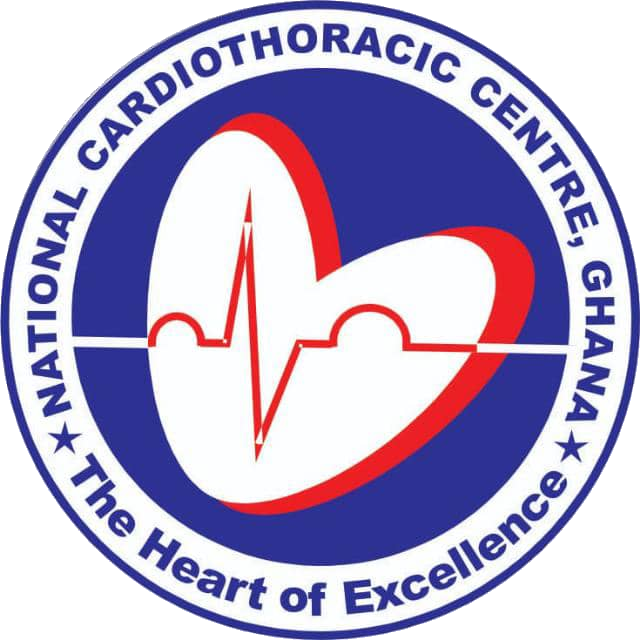A programme designed to help myocardial infarction patients with the transition from hospital to outpatient care can reduce readmissions and deaths and increase the number of patients keeping follow-up appointments, a new study suggests. The study—from the Sanger Heart and Vascular Heart Care Navigation Team—were presented at the American College of Cardiology’s Cardiovascular Summit (14–16 February, Orlando, USA).
The Heart Care Navigation Team was established in 2017 with the goal of reducing unnecessary readmissions, improving mortality and improving patients’ experience. Patients in the programme are assigned a health advocate and a nurse navigator who meet the patients while they are in the hospital. The team helps with timely access to follow-up care, promotes self-management and addresses patients’ questions or concerns for a period of 90 days after discharge.
In the new study, the researchers compared data from 560 patients treated for a myocardial infarction between July 2016 and June 2017, before the programme began, to 421 patients treated in the year after the programme was implemented (July 2017 to June 2018). The 30-day readmission rate before the programme started was 6.3% and fell to 3.7% the year after the programme began. There was a reduction in the 30-day death rate (5.75% before vs. 4.57% after programme implementation) and an increase in patients’ follow-up appointments made prior to discharge (78% vs. 96%). The study also found an increase in guideline-based care from 83.3% to 85.1%, as well as an increase in cardiac rehab referrals (85.7% vs 88.6%).
William E Downey (Sanger Heart and Vascular Institute, Charlotte, USA), the lead researcher, comments: “After a heart attack, the time between a patient’s discharge and their first follow-up appointment can be a scary time for patients. In the past, if something happened that caused concern to the patient, we would tell them to call the office, where they often did not know anyone. Now, patients have a nurse navigator they know who gives them their cell number and can provide reassurance or a sound plan for taking action if needed. It is an important bridge until the patient develops a firm relationship with their new cardiologist’s office.” He adds: “We have created a tool that has led to substantial improvements today and on which we can build further improvement.

